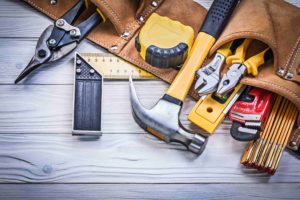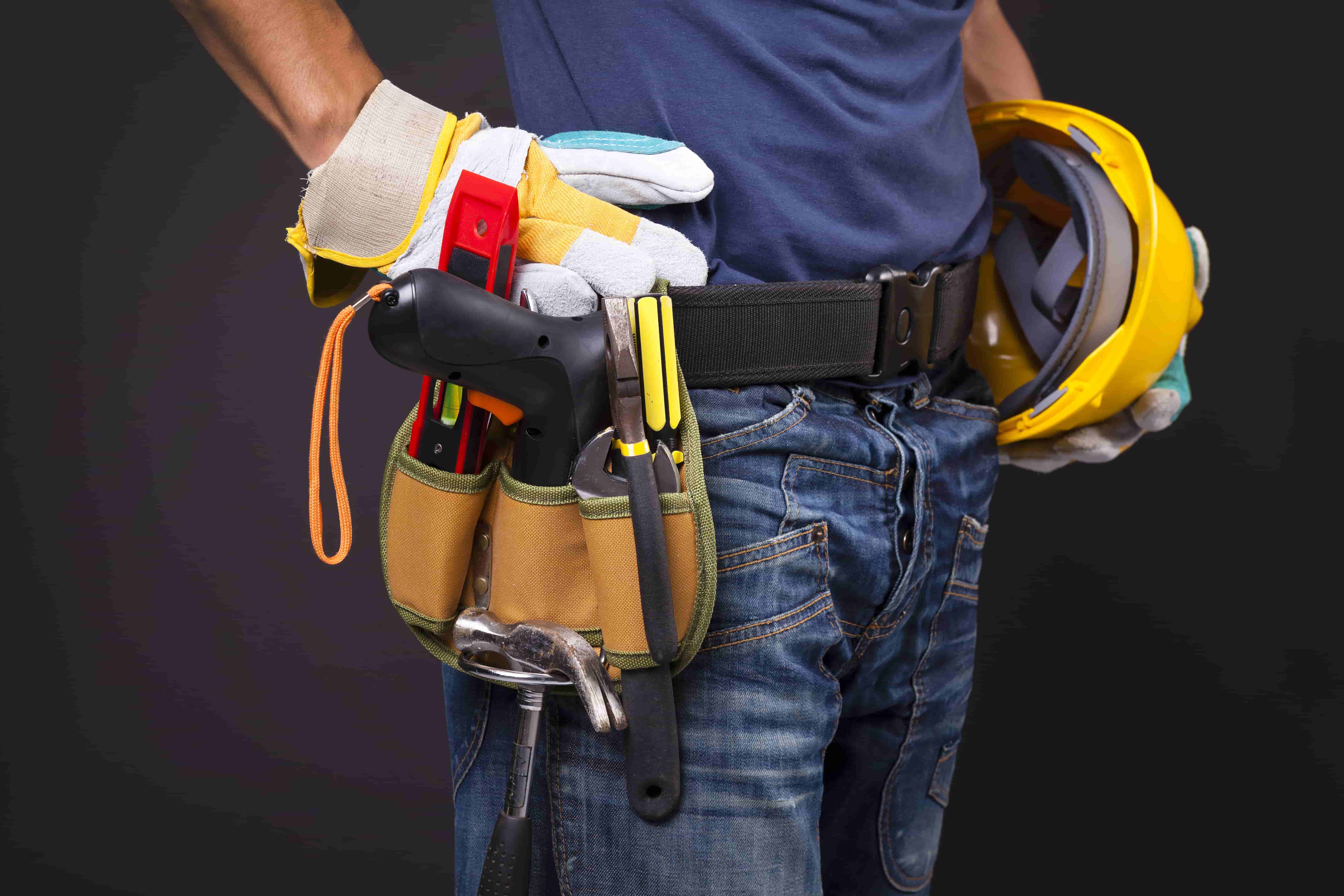
An inspection can help determine if everything in a home is in good working order. When equipped with the right home inspector tools of the trade, an inspector can easily work in any home that comes their way.
What a Home Inspector Does and Why They Need Equipment
According to the Bureau of Labor Statistics, home inspectors are responsible for determining if a building meets certain standards.
These standards typically come in the form of building codes, ordinances, contractual specifications, and zoning regulations. While this may seem like a relatively simple job, it sometimes requires examining high or tight spaces.
So what types of tasks require home inspector equipment? Generally, there are a few different areas in the home that need to be inspected but aren’t easily accessible. This includes crawl spaces, attics, chimneys, roofs, and more.
However, there are also other checks that require specialized meters. For example, a home inspector may check ground-fault circuit interrupter (GFCI) outlets in your bathroom.
They may even test your water pressure or hardness. Whatever the case may be, there are several home inspector tools of the trade that help with this process.
Standard Tools
When you look in a home inspector’s toolkit, you will find common everyday items such as:
- Flashlight. You can’t inspect what you can’t see! A flashlight with an adjustable brightness will help see in dark corners or small spaces. It is also a good idea to carry a backup battery and an extra pocket-sized backup flashlight.
- Ladder. Inspectors are required to look at the roof and attic. Telescoping or articulating ladders are easily portable and great for small spaces.
- Screwdrivers. Assorted size screwdrivers are helpful to remove panels, open covers, and poke wood when checking for rot.
- Mirror. A mirror with an extendable arm helps you see in hard to reach places like inside a furnace vent or chimney flue.
- Matches. Lighting a match can help an inspector test how a chimney flue draws air or light a pilot light that has gone out.
- Coveralls. Inspecting homes can be a dirty job! Coveralls save your clothes when you get up onto a roof or crawl around in cramped spaces. It is also a good idea to have a second pair of shoes or boot covers that can go over your shoes so you don’t track in outside dirt.
While these tools apply to almost every home inspection, there are other tools reserved for properties in need of repair.
For example, home inspectors who deal with properties in need of renovations sometimes come into contact with hazards. This includes things like black mold, smoke damage, or bacterial hazards.
For these situations, it’s not uncommon for home inspectors to have a respirator, safety glasses, or other equipment. While these types of inspections don’t make up the bulk of a home inspector’s work, they almost always carry this type of equipment just in case.
Specialized Tools
If you like gadgets, you’ll enjoy some of the more specialized tools that make short work of a home inspector’s routine tasks.
Some inspectors are even incorporating drones into their daily work! Specialized tools include:
- Water pressure gauge. This helps to check for water pressure that is too low or too high.
- Multimeter or circuit tester. This handy tool lets an inspector quickly and easily test the flow of electricity in receptacles around the property. It can help determine if the house has been properly wired and grounded.
- Moisture meter. Some types of moisture damage are obvious through staining or wet walls and flooring, but damage is sometimes hidden behind walls and under floors. This device reads the water content behind surfaces to find out if they are dry, or wet and potentially damaged.
- Remote laser temperature reader. This special type of thermometer reads the temperature of any surface the laser beam can reach. It can help an inspector check if heating and cooling registers are operational and also measure heat in heated floor systems.
- Carbon monoxide detector. Carbon monoxide is an odorless, poisonous, and potentially fatal gas that can be found in homes with fuel-burning appliances. This detector checks for high levels of carbon monoxide.
- Combustible gas detector. Natural gas is infused with the odor of rotten eggs, so your nose is usually all you need to detect larger leaks. This tool detects minor leaks of natural gas that you may not smell with your nose alone.
- Drones. Drone technology is highly useful for inspecting roofs and other outdoor areas. Sharply peaked roofs that were once extremely difficult and dangerous to inspect and can now be viewed through the eye of a drone.
Finally, a home inspector needs an easy way to bring their tools along. A good portable toolbox can help you get your tools to the job. Many inspectors also wear a tool belt or vest, keeping their tools within easy reach throughout the inspection process.
Other Things in the Home Inspection Toolkit
Of course, when it comes to home inspection, it’s easy to just focus on the tools that help you actually inspect. However, that’s only half the job.
The other part of the process is writing down what parts of the house aren’t up to standard and providing evidence. For this, home inspectors use a lot of different methods, including the following.
A Clipboard, Pen, and Paper
When going through easy parts of the house, such as hallways or bedrooms, a home inspector may record notes on their condition and any out-of-place things. They might even fill out an official inspection checklist to make sure they don’t miss anything.
A Digital Camera
Not all homes pass inspection with flying colors. Instead, some require maintenance or cleaning to meet regulatory requirements.
For example, a basement may not have the proper amount of exit windows installed. In this case, home inspectors usually take pictures of every part of the house that doesn’t meet these standards, which they file with the inspection report.
A Tablet or Laptop
Out of all of the tools a home inspector needs, a computer may not be at the top of the list. Despite this, many inspectors now use tablets or other portable computers to keep track of an inspection.
In fact, a tablet may save a lot of time by combining notes, forms, and a camera all in one. This is usually accomplished with reporting software specifically designed for home inspectors, like Horizon, HomeGauge, Inspection Support Network, or Connecteam.
How Can I Learn More About a Career as a Home Inspector?
Does knowing more about home inspector tools of the trade peak your interest? You can learn more about a career as a home inspector in Stratford Career Institute’s online Home Inspector course. This affordable course can have you on the way to learning the essentials for working as a home inspector.
Become a Home Inspector

Have you thought about becoming a home inspector? Learn more by enrolling in our online course today!


